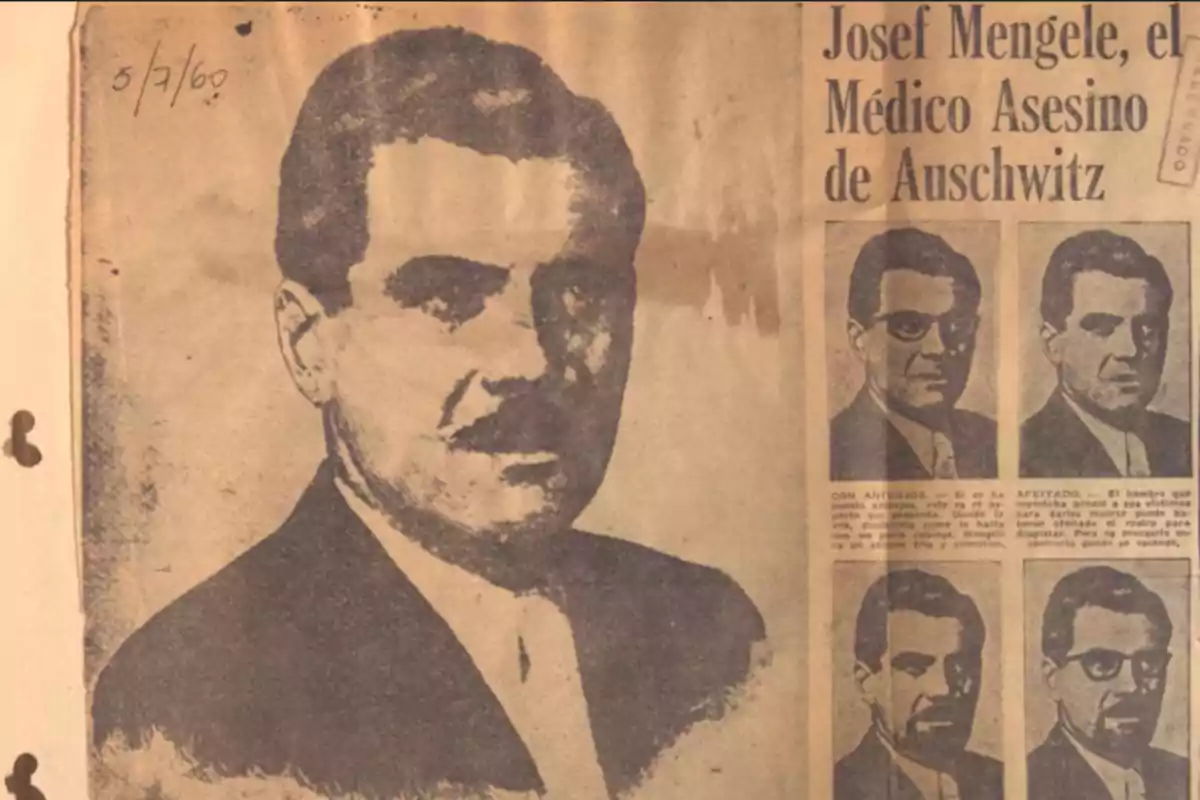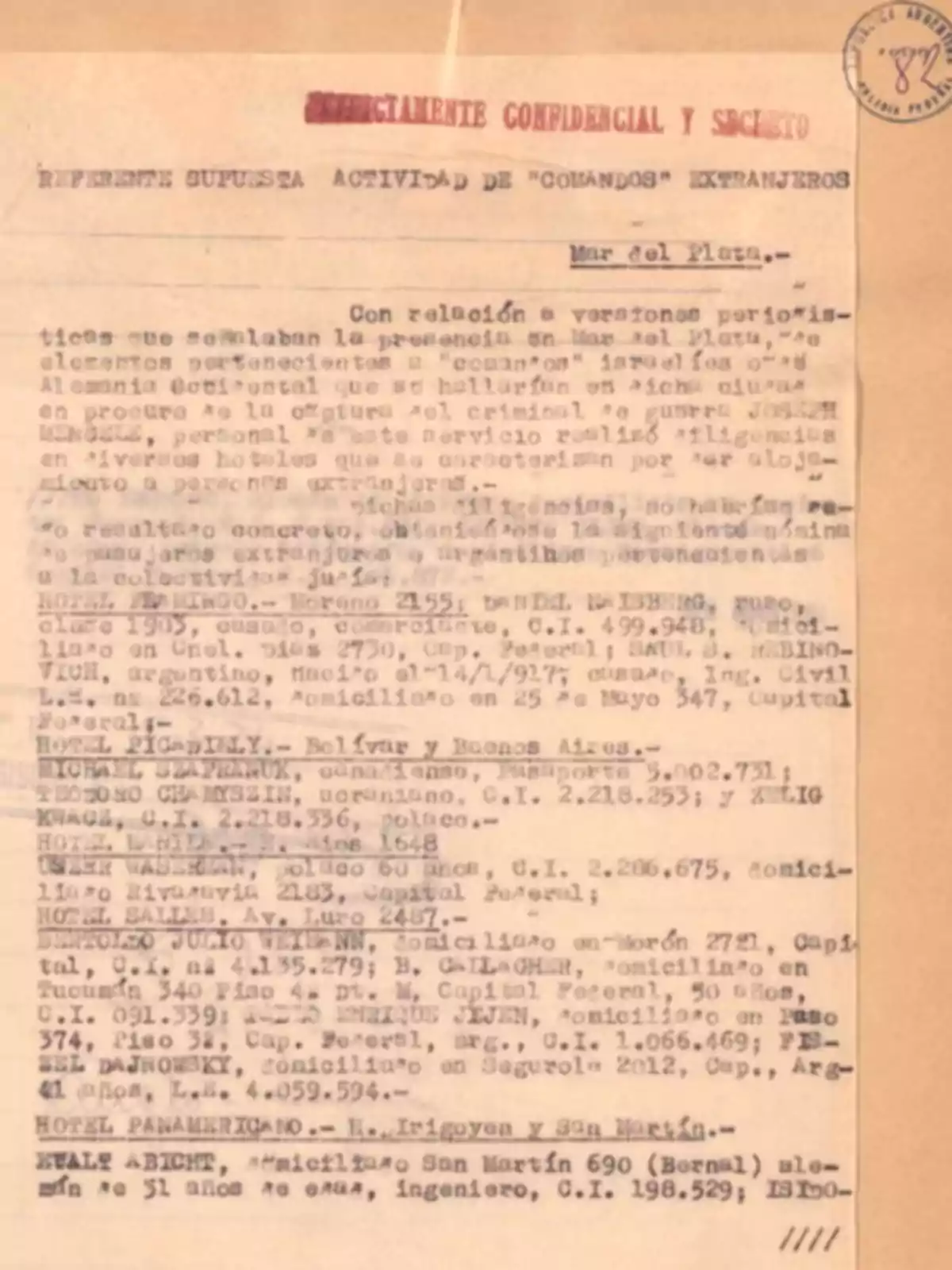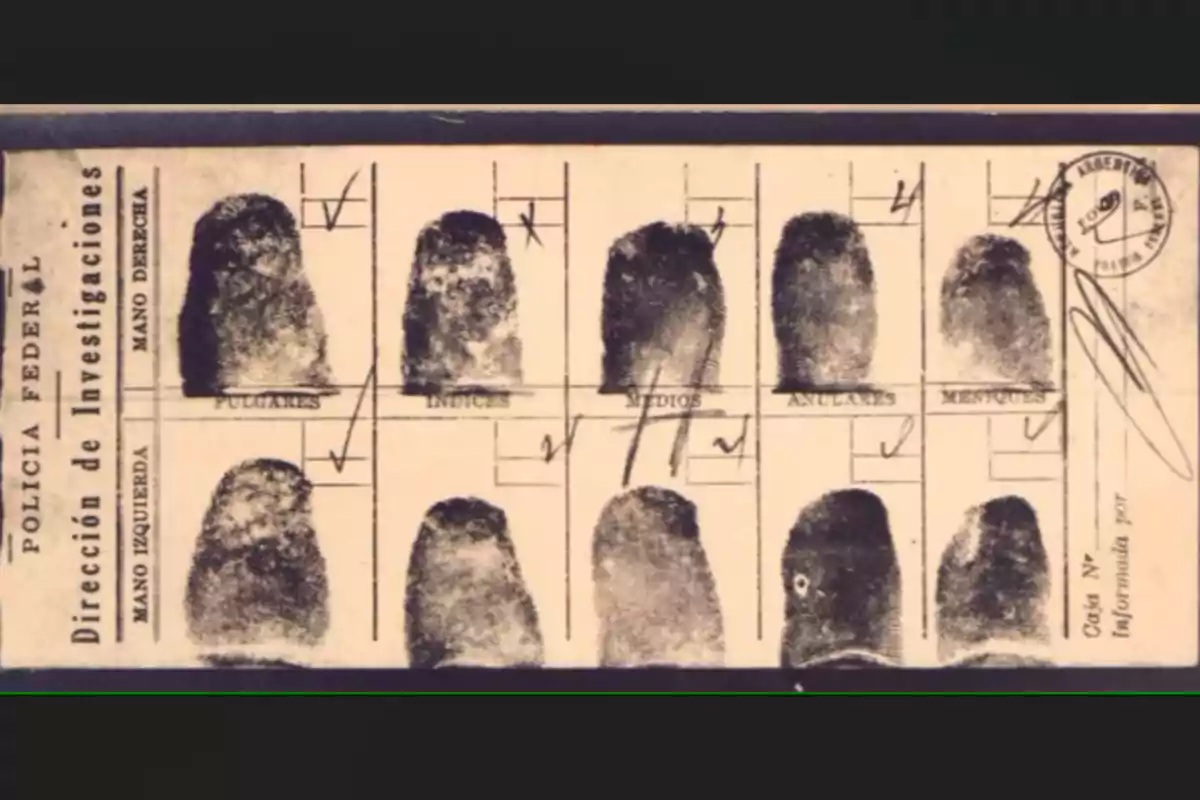
Milei declassified more than 1,800 Nazi circulation files hidden in Argentina
Hidden documents that granted impunity to Germans Josef Mengele and Erich Priebke were declassified
In a decision aligned with its state transparency policy, the national government led by Javier Milei announced the declassification of more than 3,000 historical documents, including files related to operations of Nazi leaders in Argentina, as well as secret and reserved presidential decrees produced between 1957 and 2005. The measure was executed through the National General Archive (AGN), which is under the Deputy Chief of Staff.
The new unrestricted access to these archives constitutes a milestone in recent history, allowing any citizen of the country or the world to now consult and download from the official website documentary pieces that until today could only be reviewed under special conditions. The presidential decision reaffirms the libertarian government's commitment to public access to information, the reconstruction of historical memory, and respect for human rights.

In detail, the declassification includes around 1,850 documents related to the activity of Nazi criminals in Argentine territory, organized into seven files. Among them, sensitive material about Josef Mengele, the infamous "Angel of Death", a doctor responsible for atrocities at the Auschwitz extermination camp, stands out. There are also records about Erich Priebke, involved in the execution of 335 people in Rome.
This effort to restore and digitize the material was carried out following a request from the prestigious Simon Wiesenthal Center, which is currently investigating financial links between Nazism and banking entities like Credit Suisse. It is worth remembering that in February of this year, authorities from this organization held a direct meeting with President Milei, reinforcing the bond of cooperation in the defense of historical memory.
Although part of this documentation had been declassified during the government of Carlos Menem in 1992 through Decree No. 232/1992, its access until now was restricted to in-person consultations at official offices. Today, thanks to this new policy of openness promoted by Milei, anyone interested can obtain it easily, digitally, and for free.
Among the most relevant documents is File 7-3772, which contains almost 400 pages of information about Mengele. It details his entry into Argentina in 1949 under the false identity of Gregor Helmut, during the mandate of Juan Domingo Perón, his subsequent legalization of identity as José Mengele in 1956, and his residence in the Buenos Aires locality of Vicente López. The files also record Mengele's connection with members of the local German community, his participation in the Third Reich, and the investigations undertaken for his capture.

A memorandum from the archive highlights: "References obtained in various sectors of the German community allowed us to learn that he was a commander of Assault Guards and at the same time a doctor at the German extermination camp of Auschwitz."
The leads on Mengele led the Federal Police and SIDE to conduct surveillance in different Argentine cities, including Mar del Plata and Bariloche. Collected testimonies range from anonymous reports to suspicions of a kidnapping in the Buenos Aires neighborhood of Balvanera. However, in the 1950s, as international investigations advanced, Mengele fled to Paraguay, where he obtained citizenship in 1959 under the regime of Alfredo Stroessner, and later took refuge in Brazil, where he drowned in 1979 on a beach in Bertioga. His identity was finally confirmed after forensic exhumations in the 1980s.
In addition to the files on Nazi criminals, the government also released more than 1,300 secret decrees that address topics of high historical interest, such as the purchase of EXOCET missiles in 1975, the organization of the national intelligence service, policies against communism in the 60s and 70s, and modifications to the Confidential Statute of the Civil Personnel of the State Information Secretariat (SIDE).
Among these documents is, for example, the approval of the Continental Military Plan against the communist threat, applied in 1963, which reflects the continental security strategies during the Cold War.
More posts: